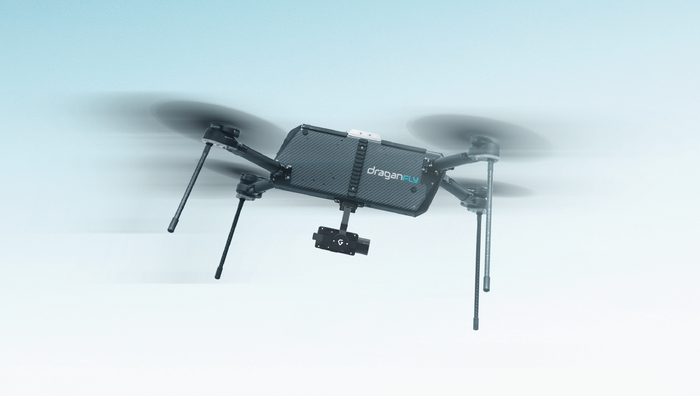Why Verizon hid its 5G network in the Super Bowl stadiumWhy Verizon hid its 5G network in the Super Bowl stadium
Finding Verizon's antennas and radios installed throughout Caesars Superdome is no easy task. But Verizon planned it that way.

Nearly all eyes will be focused on the gridiron during Super Bowl LIX this Sunday, but the Verizon team will likely be more interested in what's going on in the ceiling of the Caesars Superdome in New Orleans.
Spotting Verizon's 509 5G UltraWideband and 155 C-band radios is a bit of a "Where's Waldo" game. And that was the idea, according to Verizon.
While the network operator wants to deliver ubiquitous wireless coverage to fans posting to social media and sending messages from their phones, it doesn't want the radios and antennas inside and outside the Superdome to be obvious to the naked eye. Verizon wanted to blend the need for aesthetics with meeting engineering requirements to determine where and how its equipment was installed, explained Guillermo Salinas, senior director of network performance for Verizon.
Verizon's network upgrade was a "complete rip and replace of the old system in the stadium," said Gerard Hudson, principal network performance engineer, Verizon. The upgrade also included a new headend room in the parking garage, a 750-watt backup generator, and added more 4G LTE, 5G, mmWave and C-band spectrum to the Superdome network, he said.
A closer look at the MatSing antennas
In the Superdome, which has a capacity of over 70,000 people for football games, Verizon has installed 42 MatSing ball antennas, which are mounted to the catwalk rings on the ceiling of the stadium. The large ball antennas have as many as 48 beams that "reach all the way to the field," MatSing CEO Bo Larsson told Light Reading.
The MatSing lens antennas Verizon has installed on the Superdome ceiling are almost impossible to spot while looking up from the field. When Light Reading toured the Superdome with Verizon, about all we could see while gazing up from the field were blinding lights and the Superdome's logo.
One antenna beam covers about 600 users, so using just 24 beams, for example, would cover 1,500 people said Larsson. He explained that MatSing's antennas are ideal for line-of-sight requirements in wireless networks and are more efficient and less costly than under-the-seat antennas. The Superdome also has multiband MatSing antennas which support both lowband and C-band spectrum, for example.
MatSing antennas are commonly used in large event settings, and in addition to the ball antennas Verizon deployed MatSing single-beam antennas in suites and concourses. Single-beam antennas are used because the concrete throughout the stadium structure blocks radio frequency, presenting a challenge to delivering ubiquitous connectivity for fans.
The single-beam antennas were installed to precisely cover a specific number of seats to "maximize the efficiency of each antenna," said Verizon's Salinas.
MatSing worked with a number of carriers for their networks in the Superdome. Overall, the company installed 79 antennas at Allegiant Stadium in Las Vegas, for last year's Super Bowl, and 259 antennas at the Superdome. Verizon said it doubled its installation of MatSing antennas at the Superdome, when compared to its Allegiant Stadium install.
To read the complete article, visit Light Reading.



